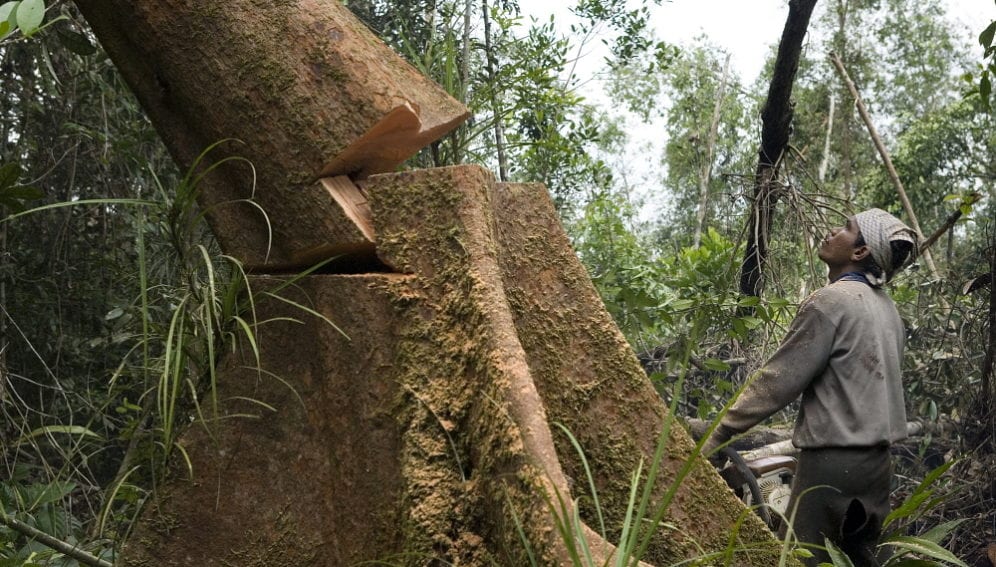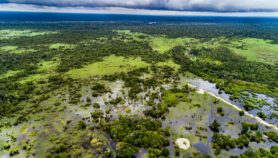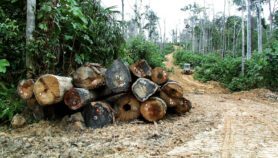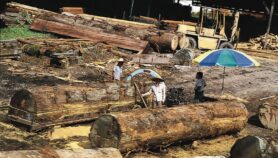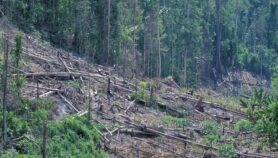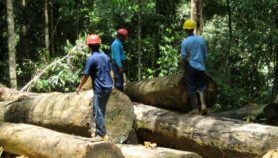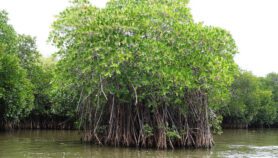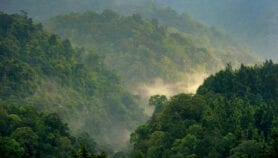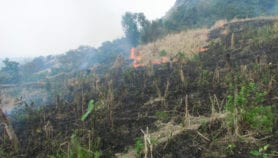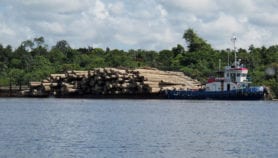By: Julian Caldecott
Send to a friend
The details you provide on this page will not be used to send unsolicited email, and will not be sold to a 3rd party. See privacy policy.
Indonesia’s success on carbon storage payments shows a way forward despite global stalling, says Julian Caldecott.
In the global drive to cut greenhouse gas (GHG) emissions, REDD+ transactions have become prominent. REDD+ stands for Reducing Emissions from Deforestation and Degradation plus safeguards, such as transparent governance and respect for indigenous peoples’ rights and knowledge. REDD+ transactions agree ways for governments, communities and private entities to reward each other for storing carbon in tropical forests and other ecosystems.
The REDD+ concept created many expectations. But what at first seemed a fairly straightforward process has proved complicated. Securing the stored carbon requires using (and adapting to local circumstances) the full panoply of conservation techniques — including community participation, education and law enforcement — supported by national policies and governance arrangements.
There is an ever-present risk that, in the rush for carbon funds, conservation and community involvement is forgotten, to the detriment of biodiversity, local rights and sustainability. But my own REDD+ oriented missions to Indonesia in 2009-2014 make me believe that this is one country heading in the right direction.
The carbon storage concept
A large share of global GHG emissions comes from mismanaged natural ecosystems, especially tropical forests and peatlands. So conserving these ecosystems has economic value if it avoids the monetary costs of emissions. If carbon storage is paid for, then countries holding large amounts of ecosystem carbon — which would otherwise be released through land-use change — could benefit financially. Once this was understood, a vast global transaction could be envisioned, involving carbon, ecosystems, businesses, governments and local people.
A first response to this was hope: that ecosystems would be saved at scale; that governments would be paid for carbon stores; and that local people would share the riches. Banks and businesses made hasty investments in carbon conservation; and many thought that business could continue as usual, with emissions off-set by forest conservation.
“Much can be achieved through empowering local people to conserve carbon, water and biodiversity in their own interests.”
Julian Caldecott
The optimism has since foundered in a swamp of difficulties. Various countries’ efforts to encourage carbon off-setting through taxes (under the guise of ‘cap and trade’ markets) were subverted by industry lobbying for cheap or free emission rations (and in the case of Australia, were repealed by parliament under corporate pressure). So no universal system to support the value of conserved carbon has been allowed to develop, and its price has fallen too low to support commercial investments.
Thus, despite some progress, the underlying negotiations about all aspects of making REDD+ transactions happen have stalled. Many citizens are unwilling to pay for carbon conservation (whether through higher energy prices or direct taxes), and many governments are unwilling to divert fast enough and far enough from ‘business as usual’.
Leading the way
But Indonesia, one of the largest GHG emitters in the 2000s, is a partial exception. In 2010, it signed a letter of intent to accept up to one billion US dollars under the Indonesia-Norway REDD+ Partnership, most of it payable for reducing emissions in the forest and peatland sector.
Norway also negotiated REDD+ agreements with Brazil and Guyana. All stand out for their ‘game-changing’ intent (the ‘game’, of course, being very different in each country) and the large amounts of money on the table.
With presidential leadership and start-up funds from Norway and others, some of Indonesia’s best and brightest officials and administrators were tasked with making REDD+ happen. But the scale of the challenge soon became clear. At the root of deforestation was how decisions affecting the use of land and forests were being made throughout Indonesian society — driven and distorted by the plantation sector’s demands, and by a lack of transparency, accurate maps, and accountability.
Achieving REDD+ goals would require much more than a series of government-to-government and central-to-local carbon accounting transactions. It would also need wholesale reform of governance in the country’s forest and land-use sector.
Indonesia has achieved much, especially at the central government level. It has improved transparency and cooperation on land-use mapping and planning among formerly secretive ministries. It established a REDD+ agency, which has encouraged and enabled a serious willingness, in some provinces, to sort out conflicting land claims of indigenous peoples, mines, plantations and others. An Indonesian National Carbon Accounting System can now inform decisions that could lead to low-carbon or high-carbon directions, and that can make REDD+ deals work.
Expect change, but slowly
Yet Indonesia’s overall deforestation rate remains stubbornly high. Why? I would say because, while the hope of compensation (from REDD+) can motivate for a few months, it is governance reform (from political change) that carries the real weight in the longer term. Inevitably, political change takes time and requires effort, money, politics and legislation, protests and test-cases, experience and learning.
This is the very fabric of capacity building, and it’s slow, hard work. But I believe that Indonesia shows that it can be done.
On the one hand, science has had very little to do with it. On the other, with policies and politics heading in the right direction, the need for organised knowledge is increasingly recognised. So science — including tools such as carbon maps and citizen GPS reports — can contribute decisively.
The global deal on carbon storage may one day be sealed if a stable and realistic price for conserved carbon can be established and maintained through binding international agreements or other innovative means. We may need to think way outside the scope of what’s on the negotiation agenda at the COP20 (Conference of the Parties to the UN Framework Convention on Climate Change) in December, or the UN Climate Summit later this month. But whatever we do, we should keep in mind that securing carbon in natural ecosystems is a conservation process rather than just a banking or bureaucratic one
In the meantime, much can be achieved through empowering local people to conserve carbon, water and biodiversity in their own interests.
Julian Caldecott is director of Creatura Ltd, and led the team tasked to develop an EU-Indonesia climate programme in 2009-2010, and to evaluate the Norway–Indonesia REDD+ Partnership in 2011 and 2013.


